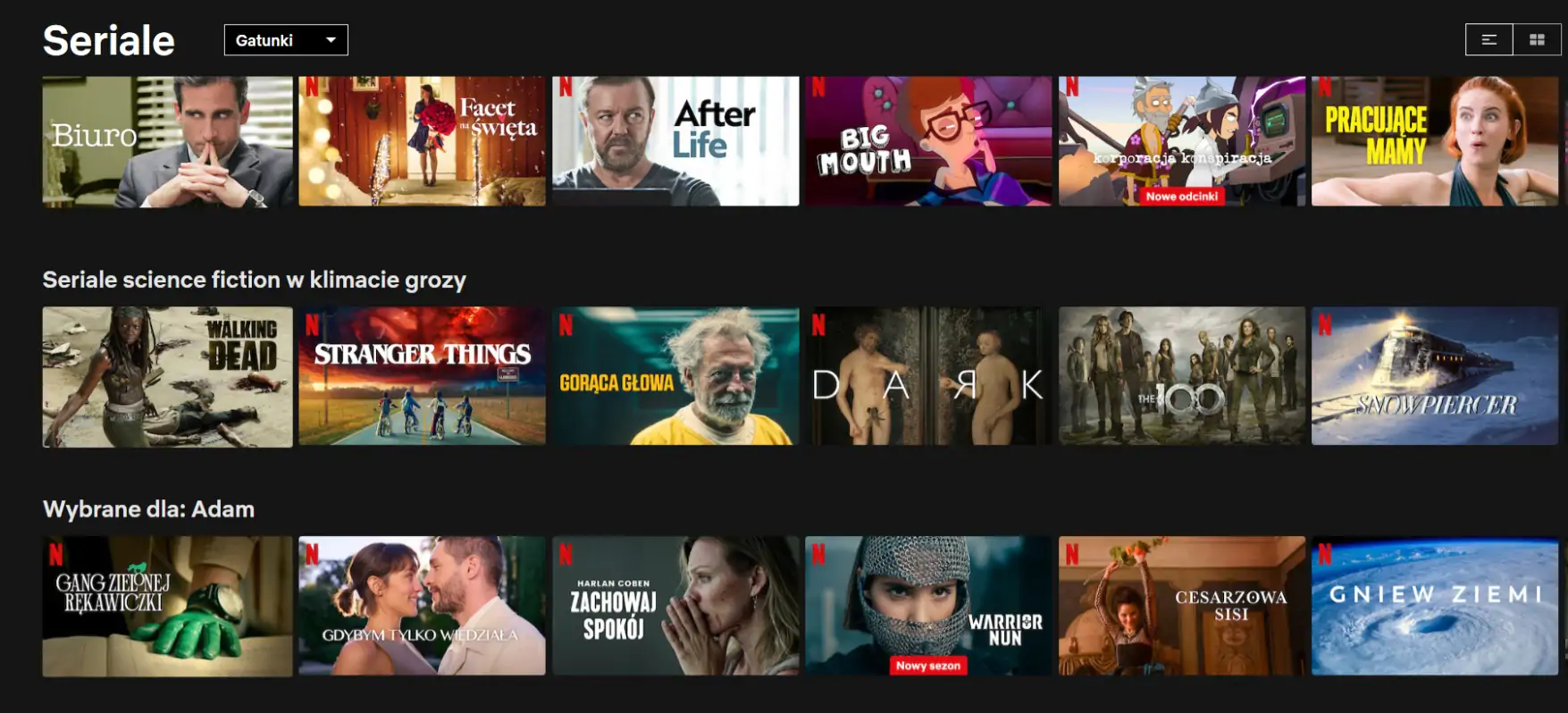
When it comes to remakes, striking the right balance between honoring the original and offering something new is no easy task. But Netflix’s The Four Seasons, which revisits Alan Alda’s 1981 film of the same name, manages to surpass expectations, transforming what was once a melancholy portrayal of midlife crises into a rich and emotionally layered miniseries. Tina Fey, along with creators Lang Fisher and Tracey Wigfield, brings fresh energy to the story, while expanding on the characters and themes to create a more modern and introspective take on the original.

While the 1981 film presented a deeply flawed, occasionally misogynistic view of marriage and midlife, the new Netflix series shifts the narrative to better highlight character growth, self-discovery, and empowerment, particularly for its female leads. At the core of this transformation is Anne, played by Kerri Kenney-Silver, whose character in Alda’s film was sidelined and discarded. In the new version, Anne’s journey from despair to self-actualization provides one of the most satisfying arcs of the series.
The Plot: A Familiar Setup with Modern Sensibilities
The setup of The Four Seasons remains largely the same as the original film: Three long-married couples meet for a weekend getaway in the woods to celebrate one couple’s anniversary. In both versions, the catalyst for the drama is Nick’s (played by Steve Carell in the remake) announcement that he plans to leave his wife, Anne (Kenney-Silver), who he accuses of being “inert” and unmotivated. Nick’s dissatisfaction sets the tone for the weekend, triggering a series of confrontations and emotional revelations.
However, in Alda’s 1981 film, Anne’s role is minimized, portrayed as a passive figure who retreats into her own world of photographing vegetables while her marriage unravels. The film almost seems to treat her as an afterthought, with her disappearance from the narrative being swift and complete. In contrast, Fey’s version gives Anne a much deeper and more compelling story. Instead of fading into the background, Anne’s character evolves—she faces her shortcomings, reconnects with herself, and emerges stronger, her self-discovery becoming a central theme of the remake.
The Evolution of Anne: From Passive to Empowered
In the original film, Anne’s character is almost entirely defined by Nick’s dissatisfaction with her. Alda’s Nick dismisses her as “inert,” a label that the movie seems to endorse without question. The audience is left with a sense of pity for Anne, but little else. Her eventual disappearance from the film feels like the culmination of Nick’s growing frustration, offering no real resolution to her story.
Fey’s adaptation, however, ensures that Anne’s journey doesn’t end with her abandonment. Kenney-Silver’s portrayal of Anne offers depth and vulnerability, showing a woman who, though initially devastated, gradually learns to navigate the complexities of her emotions and desires. One of the most poignant moments comes when Anne, initially awkward in her attempts at flirting with a younger man, begins to embrace her own agency. The transformation from a meek, invisible character into someone who confidently takes control of her life and happiness is one of the standout improvements of the remake.

Expanding the Narrative: More Character Development and Greater Depth
While the original film focused heavily on the male characters and their relationship dynamics, the Netflix version broadens the scope, ensuring that no character feels neglected. Each of the couples—Nick and Anne, Jack and Kate (played by Tina Fey and Will Forte), and the third couple, played by Colman Domingo and Marco Calvani—are given ample time to develop. The eight-episode series allows for much more exploration of each character’s inner life, providing the space needed for more complex emotional arcs.
The portrayal of Jack and Kate’s marriage, in particular, benefits from this expanded format. Fey and Forte’s on-screen chemistry adds layers of humor and tension, capturing the frustrations and nuances of a long-term relationship. The dynamic between their characters, who are both trying to keep their marriage alive amidst the stagnation of their everyday lives, provides some of the series’ most compelling moments.
A Comedy with Heart: Humor Meets Melancholy
While the new The Four Seasons is more overtly comedic than the original, it doesn’t shy away from the darker, more melancholic moments that define midlife crises. The humor, much like in Fey’s 30 Rock, is sharp and witty, but it often gives way to more reflective and somber themes as the characters dig into their discomforts and regrets. The balance between humor and poignancy allows the series to tackle difficult topics—like marital dissatisfaction, aging, and self-worth—with sensitivity and grace.
One of the highlights of the new version is the ability to make each couple’s struggles feel relatable, even as they face unique challenges. From the growing tensions between Jack and Kate to Nick’s midlife crisis, the series offers a nuanced look at the complexities of love and companionship. The decision to age the characters up by a decade brings a more mature perspective to the narrative, allowing for a deeper exploration of what it means to grow old with someone—and whether that means growing together or apart.

Why The Four Seasons Is a Major Improvement
Overall, Netflix’s The Four Seasons is a notable improvement over the original 1981 film. The updated version takes the core of Alda’s story and breathes new life into it, giving its characters more depth, nuance, and agency. The transformation of Anne from a background figure into a fully realized character is perhaps the most significant change, but the overall reimagining of the narrative allows for a richer, more compelling exploration of love, aging, and the complexities of long-term relationships.
Where Alda’s film sometimes leaned into the darker, more cynical aspects of midlife, Fey’s remake brings a more hopeful, yet still realistic, tone to the story. It’s a reminder that, even in the midst of uncertainty and turmoil, it’s possible to find growth and new beginnings.
